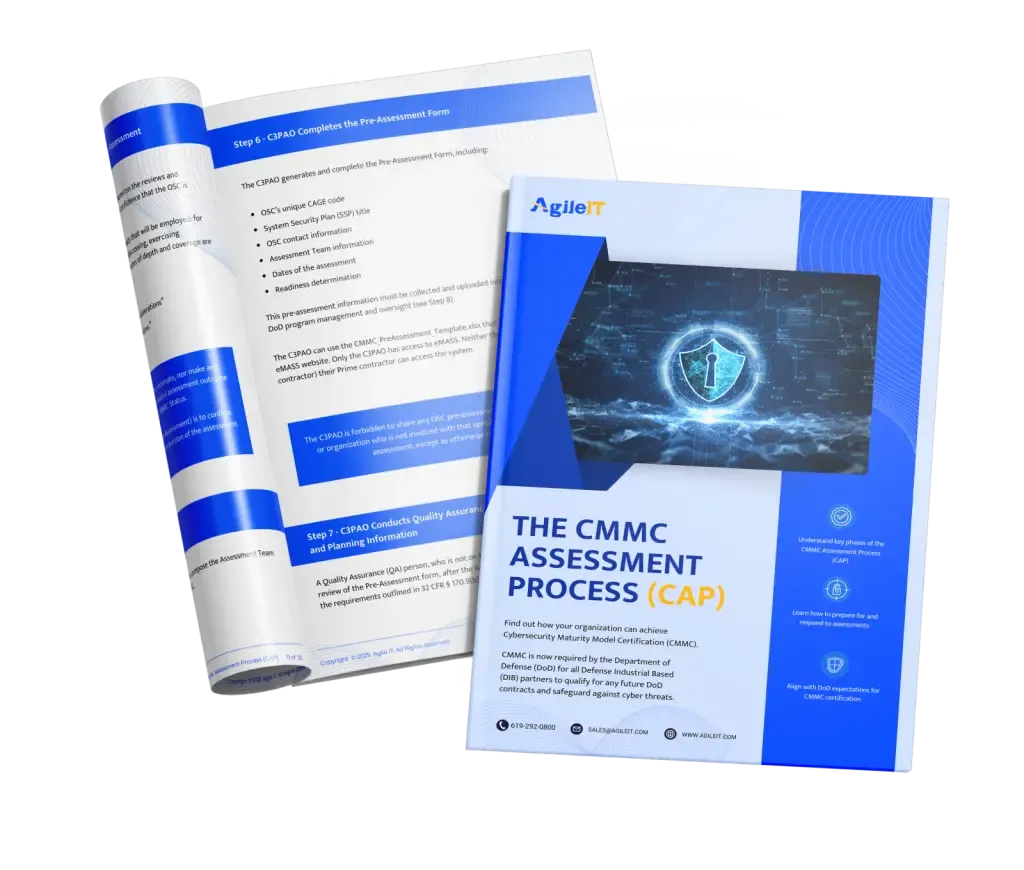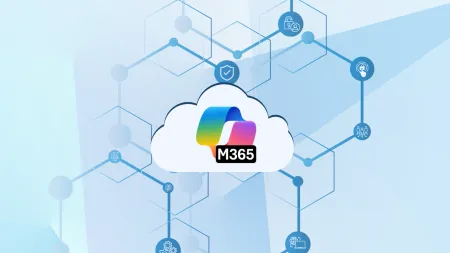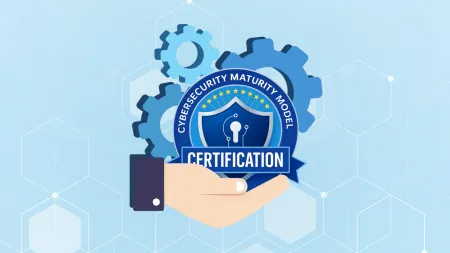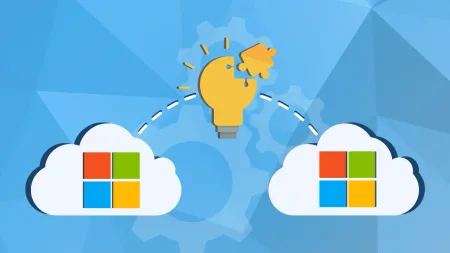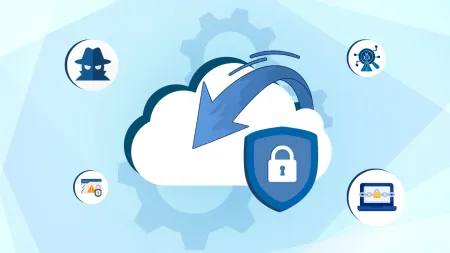Defending Against Email Compromise: Safeguarding Accounting & Procurement
Discover how to defend accounting and procurement teams from email compromise in the Defense Industrial Base. Learn CMMC-aligned best practices using Microsoft 365.

Email is the beating heart of organizational communication. But for companies operating within the Defense Industrial Base (DIB), it’s also one of the most exploited attack surfaces. At Agile IT, we know that accounting and procurement teams aren’t just back-office functions; they’re frontline targets in the cybersecurity battlefield.
To meet the Department of Defense (DoD)‘s mandate for safeguarding Controlled Unclassified Information (CUI) and Federal Contract Information (FCI), it’s crucial to understand the unique risks facing these departments.
Why Accounting and Procurement Are High-Value Targets
Cybercriminals go where the value is and where the path of least resistance lies. In the case of accounting and procurement, the value includes not only access to sensitive financial data and vendor payment systems, but also control over invoicing processes, purchase orders, and banking details. These departments often operate under intense deadlines, process large volumes of transactions with limited oversight, and rely heavily on email-based approvals, all of which create ideal conditions for bad actors.
Because of their critical role in the financial supply chain and their frequent interaction with external vendors, these functions are both rich in opportunity and relatively easy for attackers to exploit compared to more hardened targets.
Financial Transactions
Invoice approvals, wire instructions, vendor bank accounts, and payroll processing; attackers target these workflows to reroute payments, deploy ransomware, or conduct business email compromise (BEC) scams.
Sensitive Data Exposure
Procurement and finance handle volumes of CUI and FCI, including contracts, vendor lists, and product specs. A single compromised mailbox can lead to data exfiltration, regulatory fines, and loss of DoD trust.
Supply Chain Vulnerability
Sophisticated threat actors exploit email to move laterally into your suppliers or subcontractors. They sit in your environment, watch, and learn your weaknesses; it could be months before you notice the threat, or maybe not even notice them at all. A breach doesn’t just stop at your firewall; it can ripple across the defense ecosystem.
A Layered Defense Approach: Agile IT’s Recommendations
The good news? These threats can be proactively mitigated with a layered, compliance-aligned security strategy. Below are essential controls tailored to accounting and procurement workflows, mapped to CMMC and NIST SP 800-171 guidance.
1. Advanced Email and Malware Protection
-
Partner with your Microsoft 365 provider to enforce policies through Defender for Office 365. Enable Safe Attachments and Safe Links to pre-screen for malicious intent.
-
Use Defender for Endpoint to deploy real-time anti-malware scanning on all devices. Configure policies to scan removable media and downloaded files.
2. Security Awareness & Insider Risk Training
-
Deliver role-based security training through Microsoft Purview Compliance Manager. Focus on real-world BEC scenarios involving invoice fraud and spoofed vendors.
-
Train managers to recognize behavioral red flags like privilege escalation attempts. Enable Insider Risk Management policies to detect early-stage threats.
3. Identity & Access Control
-
Use Azure AD role-based access controls (RBAC) to ensure users can only access what they need and nothing more.
-
Require multifactor authentication (MFA) for all accounts, especially privileged users and cloud-based services. Enforce strong password hygiene and disable dormant accounts.
-
Reset all default device and service passwords before deployment.
4. Audit Logging & Security Monitoring
-
Centralize logs in Microsoft Sentinel or a compliant SIEM to correlate anomalies and alert your team.
-
Collect detailed records of access, activity, and changes across Microsoft 365, SharePoint, Teams, and financial systems.
-
Protect audit logs from tampering and ensure only designated administrators have modification rights.
5. Secure Configuration Baselines
-
Use Microsoft Defender Application Control to enforce allow-lists for approved procurement and finance applications.
-
Disable unused ports, services, and applications using the secure baselines from the Microsoft Security Compliance Toolkit.
6. Incident Response Readiness
-
Create and regularly test incident response procedures for common attack scenarios like ransomware or supply chain breaches. Simulate tabletop exercises involving finance stakeholders.
-
Automate containment workflows in Microsoft Defender XDR to isolate affected mailboxes or devices in real time.
7. Data Encryption in Transit and at Rest
-
Ensure all CUI is encrypted in accordance with DoD and CMMC requirements, both at rest and in transit.
-
Enforce VPN connectivity with split tunneling disabled. Require full-disk encryption on mobile endpoints.
Compliance Is the Floor. Resilience Is the Goal.
Agile IT works with defense contractors and subcontractors nationwide to meet and exceed compliance benchmarks including CMMC, DFARS 7012, and NIST 800-171. But checklists alone won’t keep adversaries out—defense starts with an understanding of how attackers operate, and a commitment to protect every link in your operational chain.
A common misconception is that accounting and procurement are just process-driven departments and do not work with “trade” secrets. The fact is that they’re gatekeepers to your financial health, your contracts, and your reputation.
If it seems like a lot to do, you are absolutely right! Don’t let it overwhelm you; reach out to us and we can secure them together.
